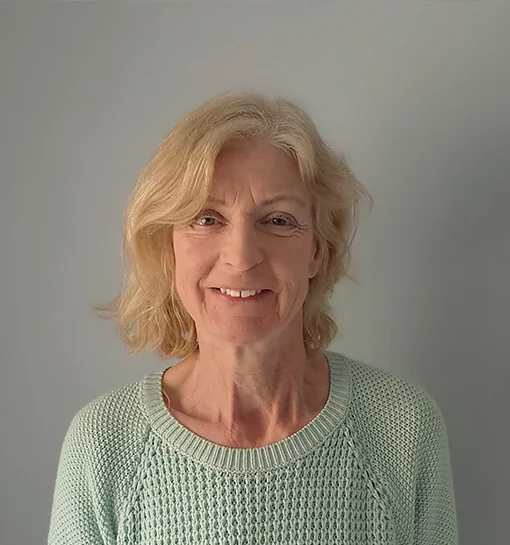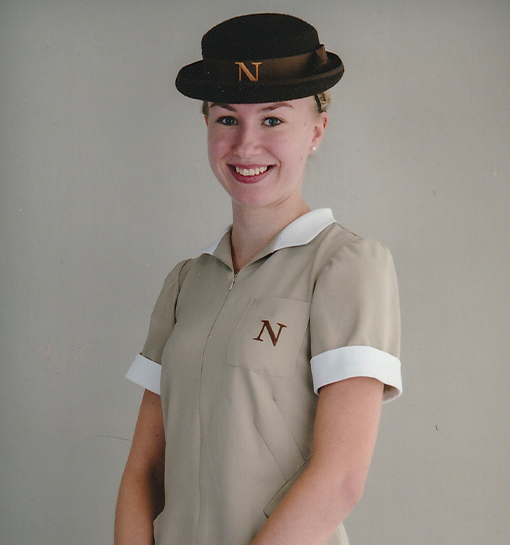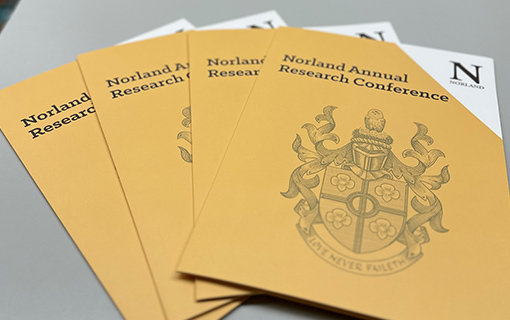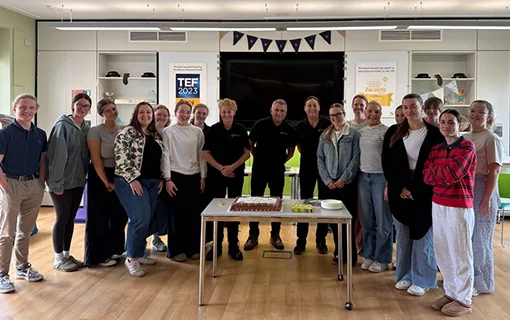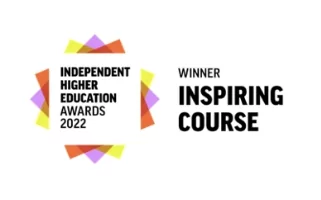How early years practitioners can help close the gender achievement gap
16 April 2021

The Early Years Foundation Stage (EYFS) profile results in England (2018) revealed that there was a 14.3% difference in the achievement of girls and boys.
For her dissertation, Norlander Georgia-May (Set 40) researched the gender divide in the early years. She discusses her findings and how nannies and early years practitioners can create gender-neutral play spaces to help reduce the gap between boys and girls. Her passion for this subject and anti-discriminatory practice has led to her recently being accepted to study a master’s degree in social justice.
Please introduce yourself.
My name is Georgia-May and I am in Set 40. I started my training at Norland in 2016 and, having completed my Newly Qualified Nanny (NQN) year, I’m now working in London as a nanny to twin two-year-old girls.
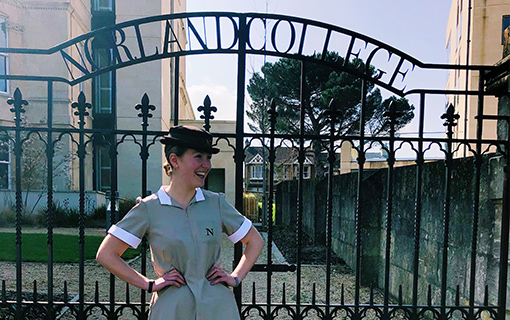
Why did you choose to research the gender divide in the early years?
I originally chose to research gender in the early years as I’ve always been interested in feminism and could see that often when on placement there was an ingrained nature of gender roles performed by children in their play and sometimes reinforced in the practitioners around them. I am passionate about children having equal learning opportunities and I felt that gender could be a barrier to this.
Why did you choose to research the gender divide in the early years?
I focused a number of my projects during my training on the impact of gender roles in the home and early years environment. I loved how simple some of the changes I read about were to make, and how impactful these could be to children’s learning opportunities. Through reading the EYFS, I discovered that there was a 14.3% gap between girls and boys who are achieving “at least the expected level in all early learning goals”, with girls continuing to perform more successfully in all areas. With such a stark gap between genders, I wanted to explore why and how this came about. Therefore, I settled on the dissertation title: “What creates the gender divide in the Early Years Foundation Stage profile results?”
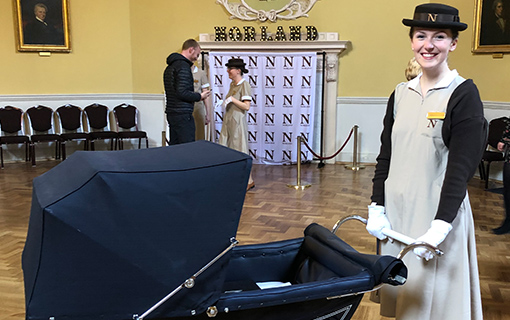
How did you conduct your research?
I conducted my research by attending two reception classes and interviewing four teachers while simultaneously completing tracking observations to assess how the children used the classroom space. Tracking observations is a method that is conducted in a child’s environment and helps to collect evidence that identifies the child’s interests and the duration that different activities can hold an individual’s attention for.
What did you learn from your research?
Upon completing my research, I learnt that there are no inherent differences in children’s brains that lead to a divide in abilities or skills. My reading established that due to the ingrained nature of societal gender bias, early years practitioners may bring preconceptions of children’s abilities. This was highlighted in the interviews conducted with practitioners. Those who adopted gender aware practice (catering more towards dispelling gender-typed play) ensured that the children used a wider range of resources in the classroom. Whereas with those who dismissed gender as a limitation to equal learning, I tracked a more limited use of the classroom with children gravitating more towards predictable resource use, such as girls dressing up and boys playing with blocks.
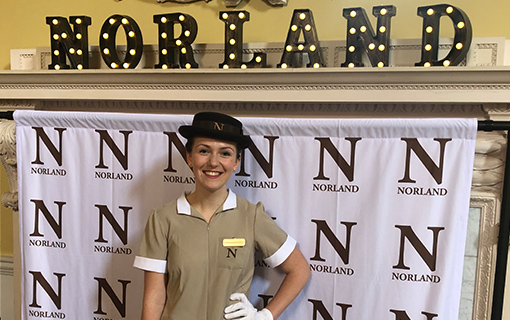
Has your research changed your practice in any way?
The research made me reflect strongly on my practice. I realised it was crucial to reflect on what personal bias I bring to work in all areas, be it within gender, race or sexuality. It has made me change the language I use around my charges, with simple things such as not assuming the gender of workers such as doctors or post officers, to more practical things such as setting the toys so that they can choose what they’d like each day and scaffolding opportunities which they may not choose first time such as real world play with cars.
Why do you think this topic is important?
I think that the gender divide in the early years is critical to acknowledge as it is clearly having an adverse impact on children’s learning. I think it is an important topic that should be pursued through continuing professional development (CPD) and the effective use of the EYFS, which focuses on the development of the individual child, to hopefully lessen the gap.
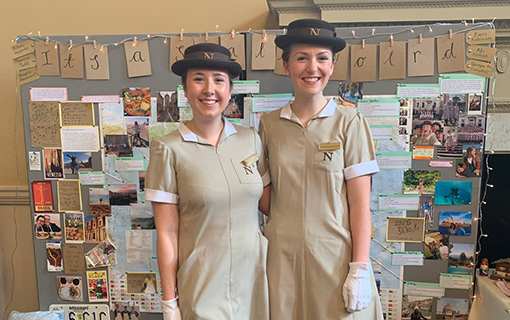
What can nannies and other early years practitioners do to help reduce the gap between girls and boys achievement?
Nannies and other early years practitioners can help to reduce the gap between girls and boys by creating more gender-neutral play spaces, by mixing various toys and using provocations (prompts, Piaget) to guide their learning. This can be open ended, such as a cardboard box, a balloon or a book. We can also be wary of the language that we use by default around children.
For example, don’t give a girl a compliment you wouldn’t give a boy such as swapping ‘that’s a pretty dress’ for ‘you’re so kind, hardworking or adventurous’. It’s also important to teach children to value their and other people’s bodies and ideas regardless of their size, gender, race or sexuality. Early years practitioners can also show that both boys and girls can perform caring jobs, domestic work or be tradespeople. To reinforce this, you could model all kinds of domestic tasks in the home. It’s also important to keep up conversations and engage with boys in the same way you would with girls. Boys are falling behind as many of their typical play opportunities may not be language rich.
How has Norland supported your learning of this topic? Was there a specific module or placement that sparked your interest in the gender divide in the early years?
Norland supported my learning by providing lectures on the subject during the thriving in a diverse society module where we learned about how gender could create barriers to children’s ability. I also found my placement at Moorlands School incredibly inspiring as the teachers were so engaged in the children’s learning. They were highly focused on the individual child concept with clear benefits. Their early years set up was fluid, which removed barriers to learning, and they were constantly assessing the children’s use of the space.
Did you enjoy researching this topic?
I absolutely loved the experience of researching this topic and it has prompted me to delve into it further. I’ve recently been accepted to study a master’s degree in social justice and education which will enrich my understanding in this area. After my research project finished, I continued to read up on this topic as I find it very rewarding.
Browse our blog and latest news
